So when we ask for this equality among species it is no surprise there is uncomfortable pushback. If we suggest that gardens should be designed with more consideration for the wants and needs of other species, the first response is that gardens will then automatically be less for humans. Or, from a design standpoint, that gardens will lose the aesthetic value and purpose humans find so appealing. This is not true. Designing a landscape for other species as much as for humans doesn't mean we're designing a less artful or creative space, I think if anything it means we're designing a far more intentional and powerful space because we've added to the levels of design and to the lives who will use the space. Just as we know the benefit of opportunity for marginalized human groups who contribute to a successful society, so we know what the benefit is to thriving wildlife landscapes.
When someone questions whether a garden can be more welcoming to wildlife, a perceived attack on humans, that question does not mean the space should be less welcoming to people or less usable by people. It does not mean the space should simply be a wild bramble of unfettered nature left entirely to its own devices where humans have no place. A garden is still an intentional and arranged artifice, for better or worse. But in the face of climate change and mass extinction -- in the face of daily wildness and awareness of nature being absent from so many of us -- asking more of our designed landscapes is not asking for less. Asking for more is opening us up to far more empathy and compassion not just among all species but also among ourselves. When we step outside of a narrow vision -- gardens as spaces primarily for humans, or even primarily for privileged groups of humans (white, educated, etc) -- we step into gardens as being places of social justice and true freedom for all who use them.
It is time for a garden revolution. It is time for gardens to be made with far greater purpose for others -- for birds, snakes, bees, spiders, butterflies, beetles, and for those who have no nature on their walk to school or work. It is time we realize that sharing the art of garden design with others is an elevation of garden design, and not a marginalization of garden designers or landscape architects or humans. Asking what a garden does and for whom it is fulfilling those purposes is not a criticism of the garden, but an act in critical thinking on how the garden can be improved, how our lives can be improved, and how we can help nature thrive in the way it has evolved to thrive.

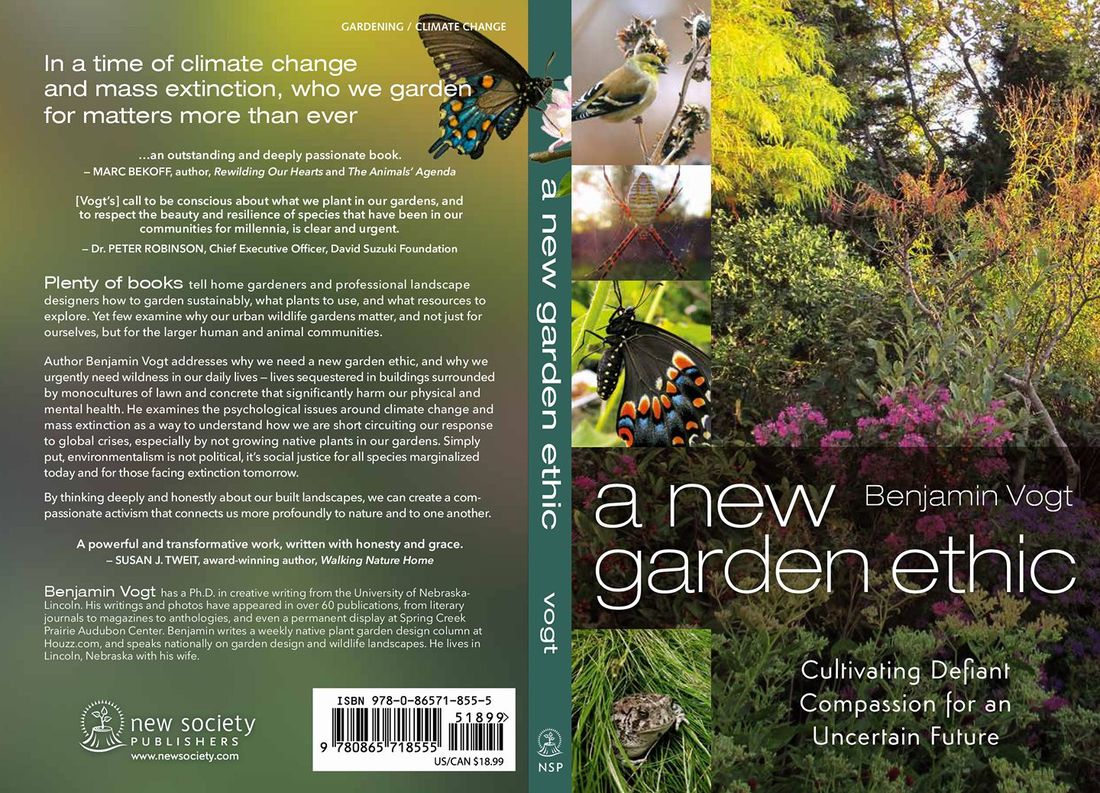
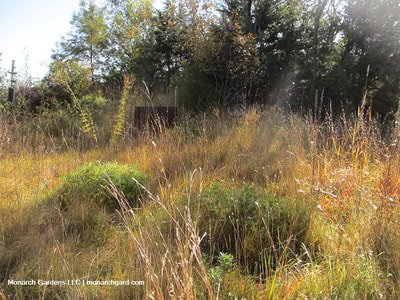
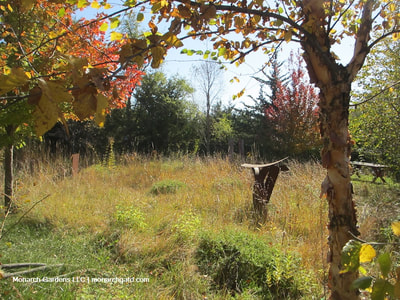
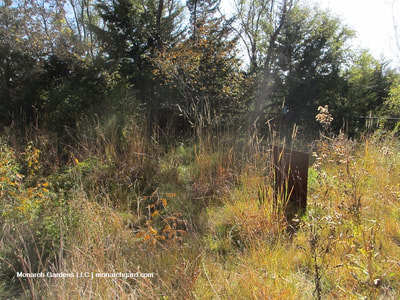
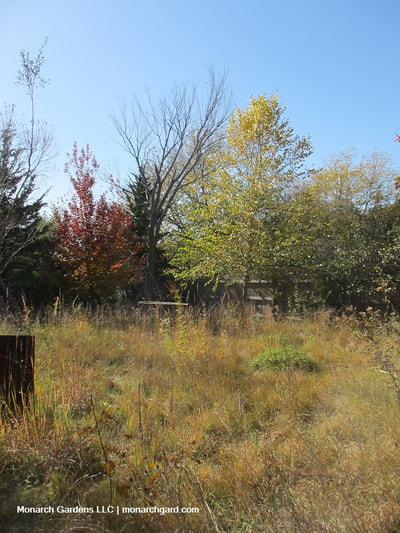
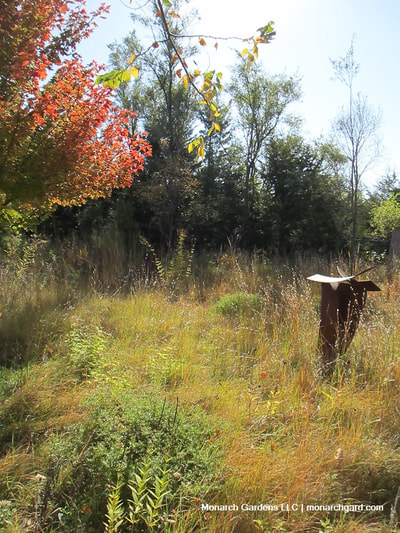

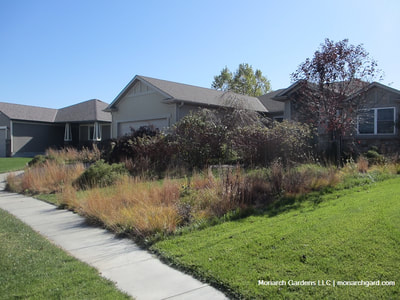
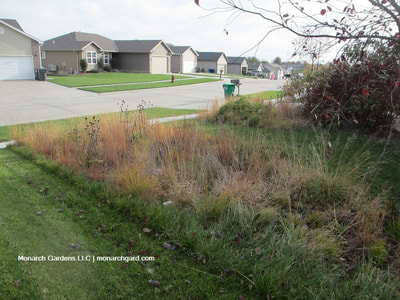
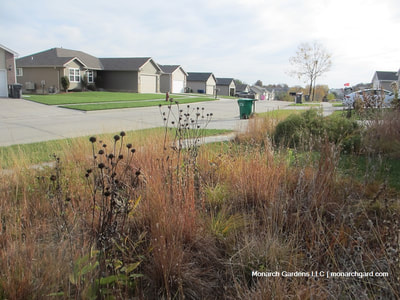
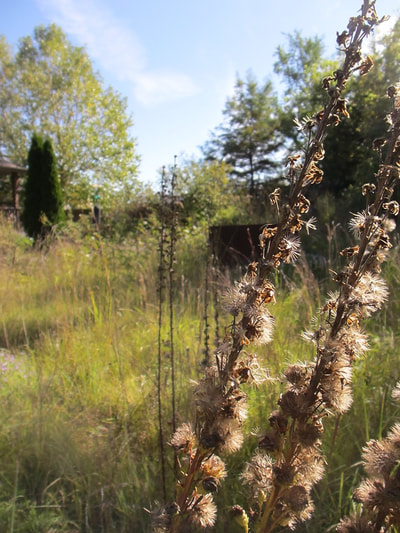
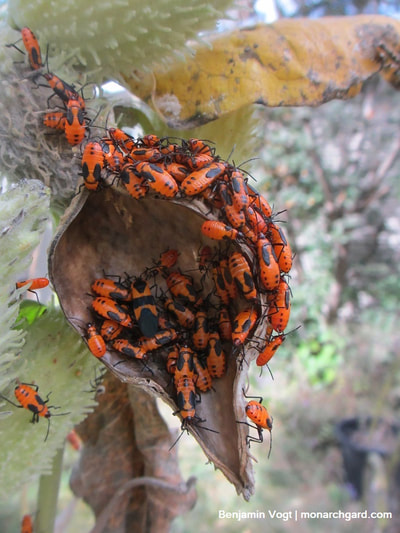

 RSS Feed
RSS Feed

